Musendha pink
₹149
Experience the vibrant beauty of the Musendha pink! This captivating shrub, also known as the Desert Date or Mock Apple, is renowned for its stunning clusters of delicate, bell-shaped pink flowers that bloom profusely in spring. Beyond its ornamental appeal, the Musendha pink offers edible, date-like fruits with a sweet and tangy flavor, adding a unique culinary dimension to your garden.
28 people are viewing this product right now
🔥 6 items sold in last 3 hours
Experience the vibrant beauty of the Musendha pink! This captivating shrub, also known as the Desert Date or Mock Apple, is renowned for its stunning clusters of delicate, bell-shaped pink flowers that bloom profusely in spring. Beyond its ornamental appeal, the Musendha pink offers edible, date-like fruits with a sweet and tangy flavor, adding a unique culinary dimension to your garden.
Key Features & Benefits
- Stunning Blooms: Admire the breathtaking display of vibrant pink flowers that cover the shrub during the blooming season.
- Edible Fruits: Enjoy the sweet and tangy flavor of the Musendha pink’s date-like fruits, perfect for fresh consumption, jams, or dried snacks.
- Drought Tolerance: Well-suited for arid and dry climates, the Musendha pink thrives with minimal water once established.
- Attracts Pollinators: The fragrant flowers attract a variety of beneficial pollinators, such as bees and butterflies, to your garden.
- Low Maintenance: This hardy shrub requires minimal care, making it an ideal choice for both novice and experienced gardeners.
Plant Care Guide
Ideal Plantation Locations
The Musendha pink thrives in warm, arid climates with full sun exposure. It prefers well-drained, sandy or gravelly soils. Suitable regions include Mediterranean climates, desert landscapes, and coastal areas with dry summers.
Planting & Gardening Instructions
- Location: Select a sunny location with well-drained soil.
- Soil Preparation: Amend the soil with organic matter, such as compost, to improve drainage and fertility.
- Planting: Plant the Musendha pink at the same depth it was growing in the container.
- Spacing: Allow 6-8 feet between plants to accommodate their mature size.
Watering
Water deeply and infrequently, allowing the soil to dry out completely between waterings. Once established, the Musendha pink is drought-tolerant.
Fertilizers
Fertilize lightly in spring with a balanced slow-release fertilizer. Avoid excessive fertilization, as it can encourage lush growth at the expense of fruit production.
Repotting Instructions
Re-pot young Musendha pink plants annually in the spring into slightly larger containers. For established plants in the ground, re-potting is generally not necessary.
Fruiting Season
The Musendha pink typically fruits in late summer or early fall.
Usage Ideas
- Ornamental shrub for gardens and landscapes
- Edible fruit for fresh consumption, jams, and dried snacks
- Attracts pollinators to your garden
- Low-maintenance option for busy gardeners
- Unique addition to periscopes and drought-tolerant gardens
Care Tips
- Prune lightly after flowering to maintain shape and encourage new growth.
- Protect from severe frost, as it may damage the plant.
- Monitor for pests and diseases, and treat promptly if necessary.
- Mulch around the base of the plant to conserve moisture and suppress weeds.
Only logged in customers who have purchased this product may leave a review.
Related products
Designed, Developed & Maintained by Growww.
Copyright © 2024 Ashok Chakra Nursery

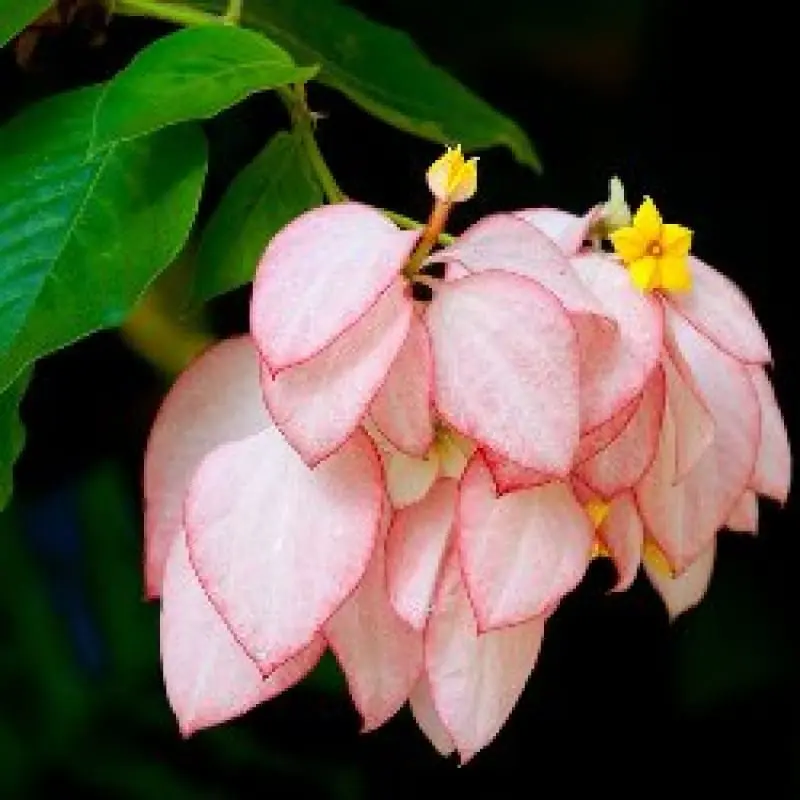
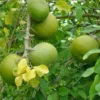
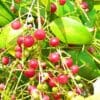
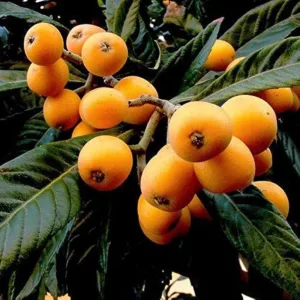
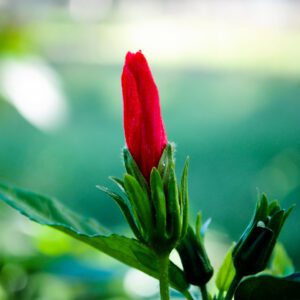
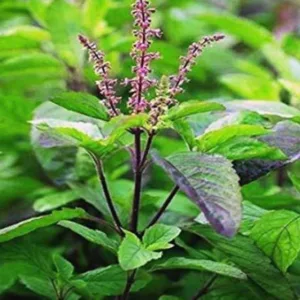
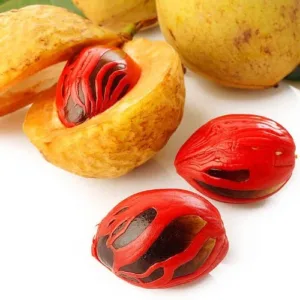
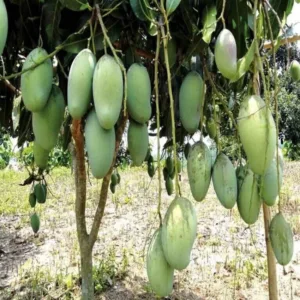
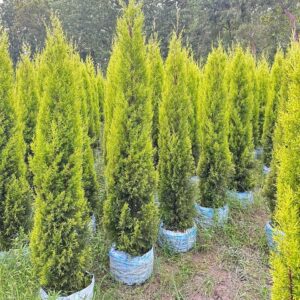
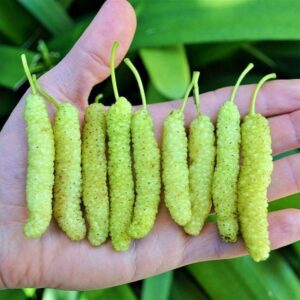
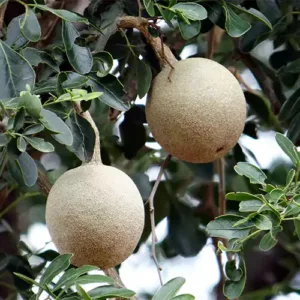
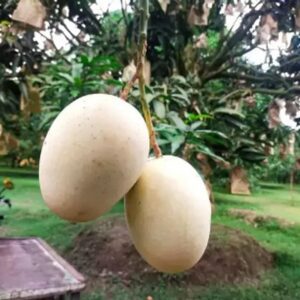
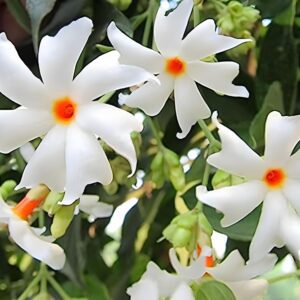
Reviews
There are no reviews yet.